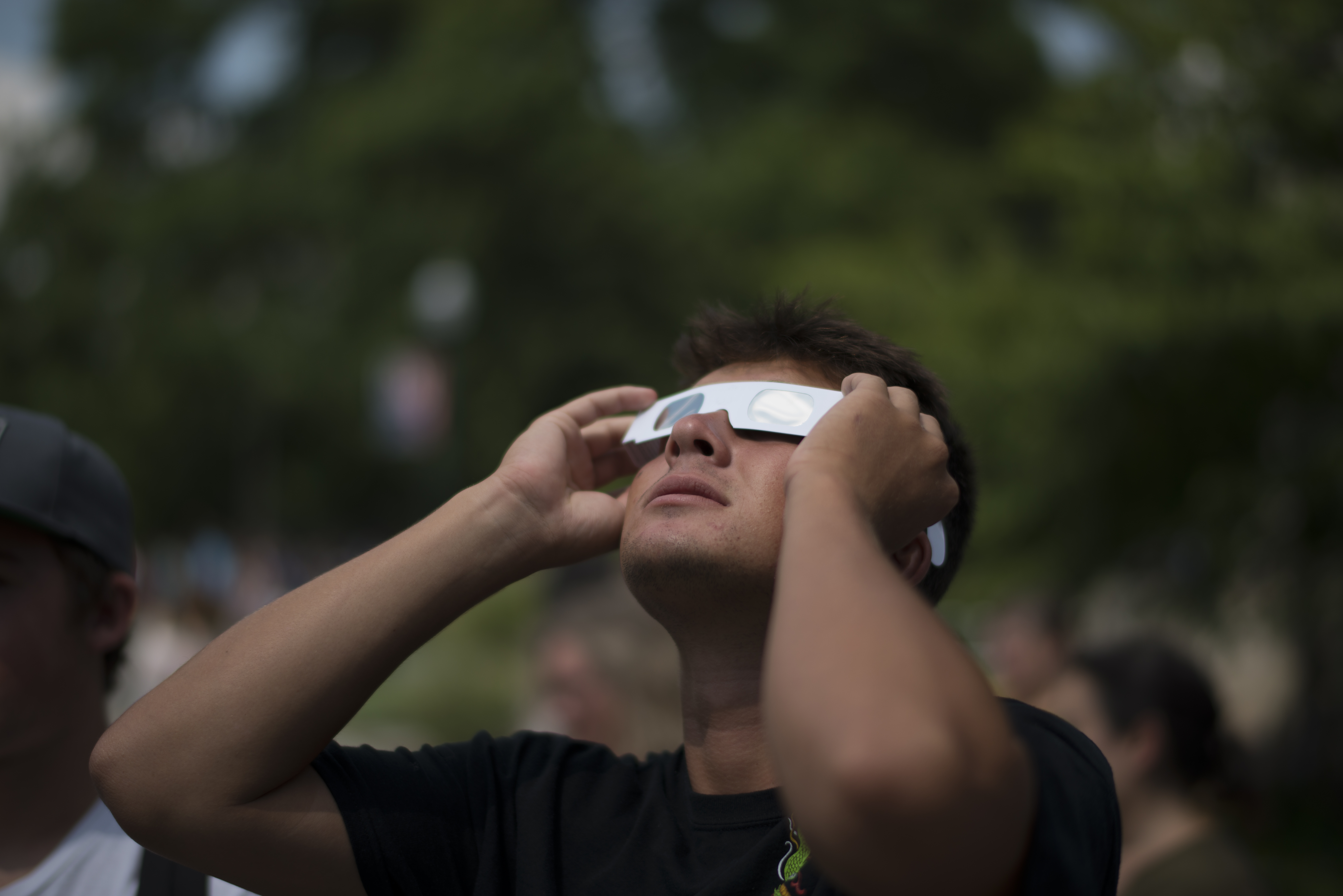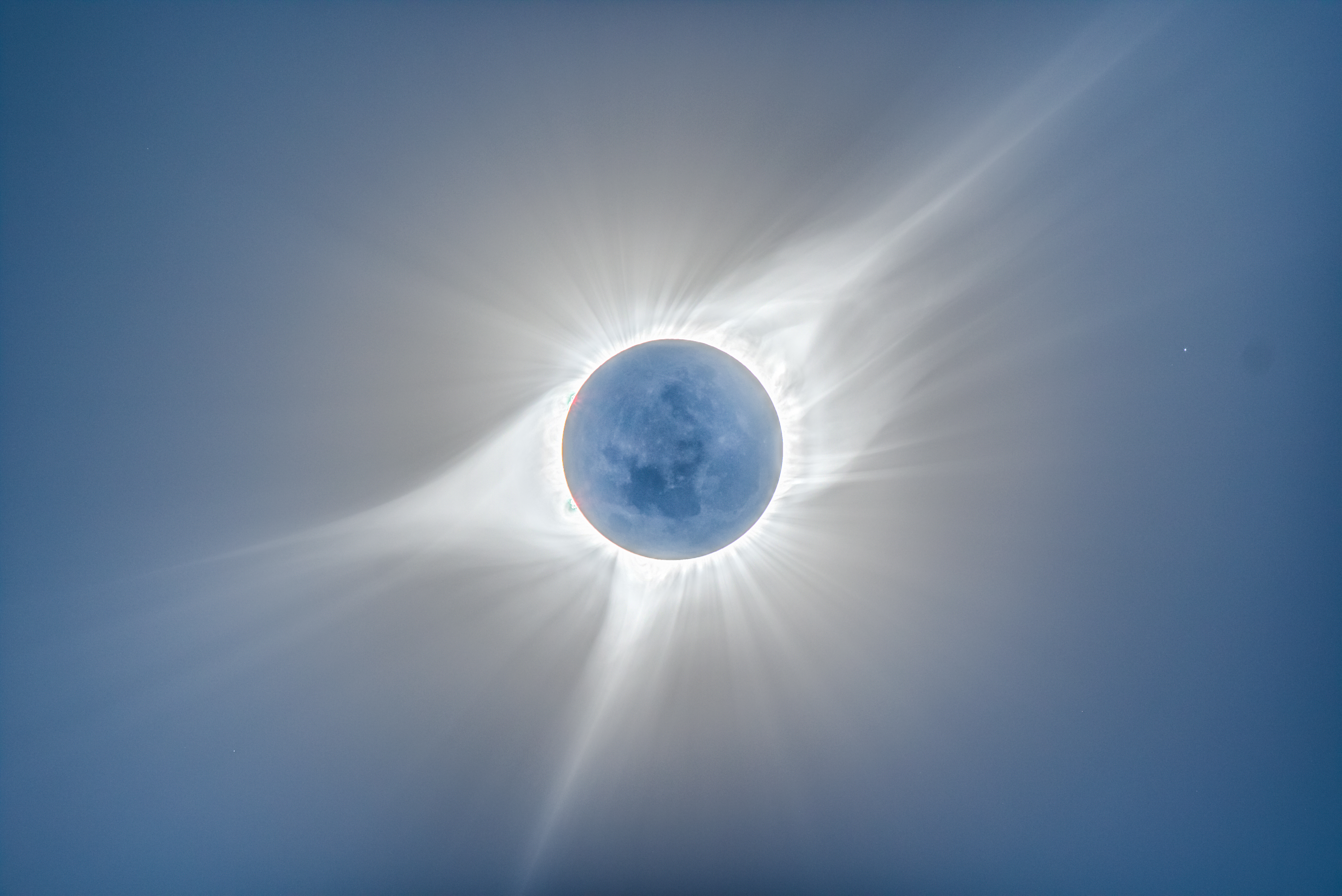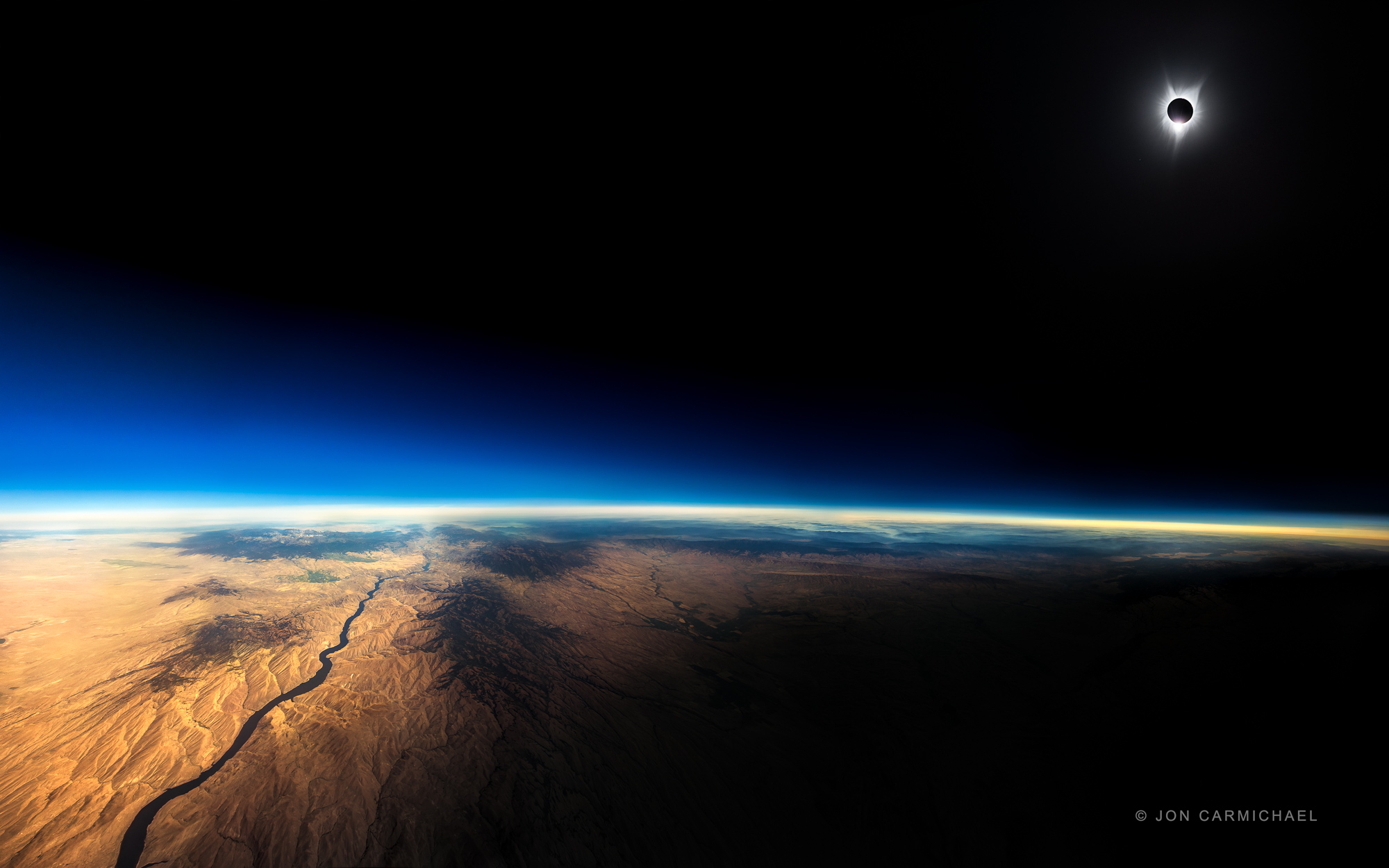While millions of spectators will get to experience a solar eclipse on April 8, 2024, a select few will get an extraordinary opportunity to witness the spectacle from 30,000 feet in the air.
While several flights from the San Diego International Airport could witness the solar eclipse that Monday morning, two Alaska Airlines flights are being highlighted for the special view they'll give solar chasers from America's Finest City.
Other air companies are offering similar experiences to and from elsewhere in the U.S., including Delta Airlines and Southwest Airlines. Here's what you should know.
Get San Diego local news, weather forecasts, sports and lifestyle stories to your inbox. Sign up for NBC San Diego newsletters.
✈️ Total eclipse flights from San Diego
According to a representative for Alaska Airlines, Flight #390 from San Diego to Boston and Flight #322 from San Diego to Washington Dulles offer the airline's best views of the celestial phenomenon. The flights depart at 8:10 am. PT and 8:05 a.m. PT respectively and seats are already filling up.
"As long as skies are clear, our guests will have some of the best seats to the solar eclipse on April 8 while 30,000 feet in the air," said Kirsten Amrine, Vice President of Revenue Management and Network Planning at Alaska Airlines.
The event will be the last total solar eclipse -- when the sun is fully obscured by the moon creating total darkness for people on Earth in the path of totality -- for another 20 years.
✈️ Other total eclipse flights
Delta Airlines
Delta Airlines will offer a special "Path-of-Totality" flight, "specifically for umbraphiles to be able to spend as much time as possible directly within the path of totality," a press release from the airlines said.
Delta flight #1218, from Austin to Detroit, will be specifically operated on an A220-300 — a plane set to offer "especially premium viewing due to the aircraft’s extra-large windows," the release continued.
The flight, departing from Austin, Texas, at 12:15 p.m. CT and landing in Detroit, Michigan, at 4:20 p.m. ET, is timed to give passengers the "best chance of safely viewing the solar eclipse at its peak."
According to Delta.com, all seats in every cabin class appeared to be sold out of Monday afternoon. However, five other Delta flights that day that will offer what the airline is calling "prime eclipse-viewing opportunities."
Here's where those ones will be flying and when:
- DL 5699, DTW-HPN, 2:59 pm EST departure, ERJ-175
- DL 924, LAX-DFW, 8:40 am PST departure, A320
- DL 2869, LAX-SAT, 9:00 am PST departure, A319
- DL 1001, SLC-SAT, 10:08 am MST departure, A220-300
- DL 1683, SLC-AUS, 9:55 am MST departure, A320
On those flights, Delta said, passengers will need protective viewing glasses.
According to Delta, flights are subject to "change due to factors outside of Delta’s control," such as weather and air traffic control.
Southwest Airlines flights
Southwest is also celebrating the total solar eclipse with flights in the direct and partial paths of the celestial event. The following scheduled flights listed below have the greatest likelihood of offering Southwest customers the best view of this moment:
- Southwest Flight #1252: departs Dallas (Love Field) at 12:45 p.m. CDT for Pittsburgh
- Southwest Flight #1721: departs Austin at 12:50 p.m. CDT for Indianapolis
- Southwest Flight #1910: departs St. Louis at 1:20 p.m. CDT for Houston (Hobby)
Southwest Airlines selected flights that are most likely to be in direct or partial paths of the major event but due to flight conditions on the day of the event, flight paths may vary.
These Southwest flights may also cross the path of totality:
- Southwest Flight #955 departs Dallas (Love Field) at 12:50 p.m. CDT for Chicago (Midway)
- Southwest Flight #506: departs Milwaukee at 1:05 p.m. CDT for Dallas (Love Field)
- Southwest Flight #1734: departs Houston (Hobby) at 1:35 p.m. CDT for Indianapolis
- Southwest Flight #1682: departs Chicago (Midway) at 1:30 p.m. CDT for Austin
- Southwest flight #3108: departs Nashville at 1:40 p.m. CDT for Dallas (Love Field)
🌑 What happens during the total eclipse?
The moon will line up perfectly between the Earth and the sun, blotting out the sunlight. It will take just a couple hours for the moon’s shadow to slice a diagonal line from the southwest to the northeast across North America, briefly plunging communities along the track into darkness.
Other communities on the outskirts of that path, like San Diego, will experience a partial eclipse. For those viewers, the moon will move across just a portion of the sun, creating a crescent-shaped shadow that will be visible from those who view the eclipse properly.
🌑 When does the total eclipse begin?
The eclipse will begin in the U.S. at about 10:30 p.m. PT on Apr. 8 when it moves into Southwest Texas.
In San Diego, the moon will begin to obscure the sun around 10 a.m. and maximum coverage -- about 65% obscurity -- will occur at 11:11 a.m. PT. The moon will move out of the sun's path by 12:23 p.m.
For those in the path of totality — the part of the eclipse where the moon completely obscures the sun -- there will be complete darkness for two and a half minutes.
Where is the "path of totality?"
The eclipse's path of totality will start in Southwest Texas and move through Oklahoma, crisscrossing the Midwest, Mid-Atlantic and New England, before exiting over eastern Canada into the Atlantic.
Fifteen U.S. states will get a piece of the action, albeit two of them — Tennessee and Michigan — just barely. Among the cities smack dab in the action: Dallas; Little Rock, Arkansas; Indianapolis, Cleveland, Ohio; Buffalo, New York; and Montreal — making for the continent’s biggest eclipse crowd. About 32 million people in the U.S. live inside the 115-mile-wide path of totality.
Don’t fret if you don’t have front-row seats. Practically everyone on the continent can catch at least a partial eclipse. The farther from the path of totality, the smaller the moon’s bite will be out of the sun. In Seattle and Portland, Oregon, about as far away as you can get in the continental U.S., one-third of the sun will be swallowed.
Will I need special glasses?
Yes.
Sunglasses won’t cut it. Special eclipse glasses are crucial for safely observing the sun as the moon marches across the late morning and afternoon sky, covering more and more and then less and less of our star.
Here's where you can get free sunglasses in San Diego County.
Cameras, binoculars and telescopes must be outfitted with special solar filters for safe viewing. Bottom line: Never look at an exposed sun without proper protection any day of the year.
When is the next time a total solar eclipse will occur?
Full solar eclipses occur every year or two or three, often in the middle of nowhere like the South Pacific or Antarctic. The next total solar eclipse, in 2026, will grace the northern fringes of Greenland, Iceland and Spain.
North America won’t experience totality again until 2033, with Alaska getting sole dibs. Then that’s it until 2044, when totality will be confined to Western Canada, Montana and North Dakota.
There won’t be another U.S. eclipse, spanning coast to coast, until 2045. That one will stretch from Northern California all the way to Cape Canaveral, Florida.
Aside from Carbondale, Illinois, in the crosshairs of both the 2017 and 2024 eclipses, it usually takes 400 years to 1,000 years before totality returns to the same spot, according to NASA’s Korreck.






